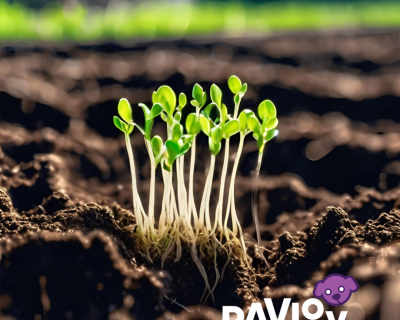What Is Fiber Internet, and Why Do I Need It?
You may be hearing the phrase “fiber optic” when searching for a new Internet provider. Then you ask yourself, “What even is fiber optic, and why do I care?” You probably have heard of DSL, cable, satellite or fixed wireless, which are all types of connections from the past. Fiber-optic Internet is the future of connectivity, and it’s available nationwide now. If you are in Central Illinois, Ohio, Texas or Florida, you may even be qualified for the best fiber Internet (in our opinion), Pavlov Media.
It’s no secret that the world is consistently revolutionizing. In 2024, we live in a world of electric cars, solar-powered towns and watches that can monitor your heart rates. Technology has advanced in such a way that it has become a staple for recent generations. Ask yourself this: how many times a day do you scroll social media on your phone? How often do you stream your favorite TV shows via Hulu, Netflix, etc.? Gamers — how many times have your rage quit because of “the lag?” The Internet has become an essential utility, and as the world revolutionizes, so do your Internet connection choices. That’s where fiber optic Internet comes into play.
Many Internet service providers will offer various package plans. You may see offerings range from 10 Mbps all the way to up to 10 Gbps. So, what is the difference? Mpbs stands for “Megabits per second,” and Gbps stands for “Gigabits per second.” 1000 Mbps = 1 Gbps, also known as a Gig. The difference comes with your download versus upload speeds. Gigabit Internet means you are downloading 1,000,000,000 bits per second. This is 100 times faster than your average copper lines of DSL and cable connections. Pretty quick, right? It gets better. Fiber-optics offer a matching upload speed as well. Have I convinced you yet? If not, there is more!
Why does this matter to me?
Fiber Internet not only gives you the fastest speeds but also provides increased reliability, lower latency, higher volume at one time and matching upload speeds.
Fiber-optic cables are made from glass and transmit data through light signals. You may be thinking, “Okay, so what?” Older styles like DSL and cable Internet use copper and transmit data through electrical currents. Copper can only withstand approximately 25 pounds of pressure, whereas fiber-optic can withstand 100-200 pounds before being damaged. This is a huge advantage when the weather forecast shows upcoming inclement weather and when there are outside interferences such as moisture, fire and other electronic signals.
Bonus: Did you know only some fiber-optic providers put their fiber cables in the ground? Some fiber-optic providers hang their fiber cables on cable poles. Pavlov Media’s fiber is 100% underground, meaning inclement weather will hardly ever affect your connections, and a crew does not have to restore your fiber lines after a storm.
Fiber-optic Internet will also provide staggering lower latency times compared to older connection types such as DSL and cable. Latency is the time between when you click on something and when you see it load. Have you ever been scrolling Facebook, and you click an article but have to wait 30 milliseconds for it to load? Annoying, right? That is a higher latency speed. Fiber-optic Internet lowers latency to 5 to 20 milliseconds. So that article about Taylor Swift and her recent dating life will load almost instantly, bringing you instant satisfaction.
Perhaps one of the best features of fiber-optic Internet is how many users and devices it can support at one time. How often have you argued about everyone using the Internet at one time and things won’t load? How many times has your gamer at home gotten angry because their game crashed or lagged, causing them to lose the biggest Fortnite battle they have ever had? Or the situation where you are trying to watch a new episode you have been waiting for, but it won’t load because others are scrolling TikTok, streaming music, and browsing the web? Thankfully, Fiber-optic Internet can support everyone in your household without crashing. Score! Out are the days of rationing out your bandwidth and scheduling “Internet times.” You get to have it all at the same time!
So, what is the catch?
Well, there is not one. Fiber-optic Internet is the future of connectivity and gives users peace of mind when it comes to staying connected. The biggest downside to fiber-optic Internet is its availability throughout the United States. You may be in an area that doesn’t offer fiber Internet, largely due to the process it takes to lay fiber. Interested in learning about this process? Click here. Most Internet providers that offer fiber have had to lay new lines to support the blazing speeds that fiber offers. However, providers, including Pavlov Media, have been working hard to close the digital divide nationwide to provide these solutions to neighborhoods and cities.
Convinced? Let’s get started!
Pavlov's Media lights people’s lives up with the power of the fiber-optic Internet. We aim to bring the best connections to communities with our advanced technology. We also strive to be a part of the communities we serve, not just another utility company. You may see us sponsoring small businesses within the community, engaging with schools and attending your local town fair. Our team of industry experts, engineers, and technicians are working diligently to bring fiber optic to new areas and expand our fiber footprint. 1 Gigabit to 10 Gigabit (Yes, I said 10) are available now in certain markets within Illinois, Ohio, Texas and Florida. Check to see if your area is available here.




